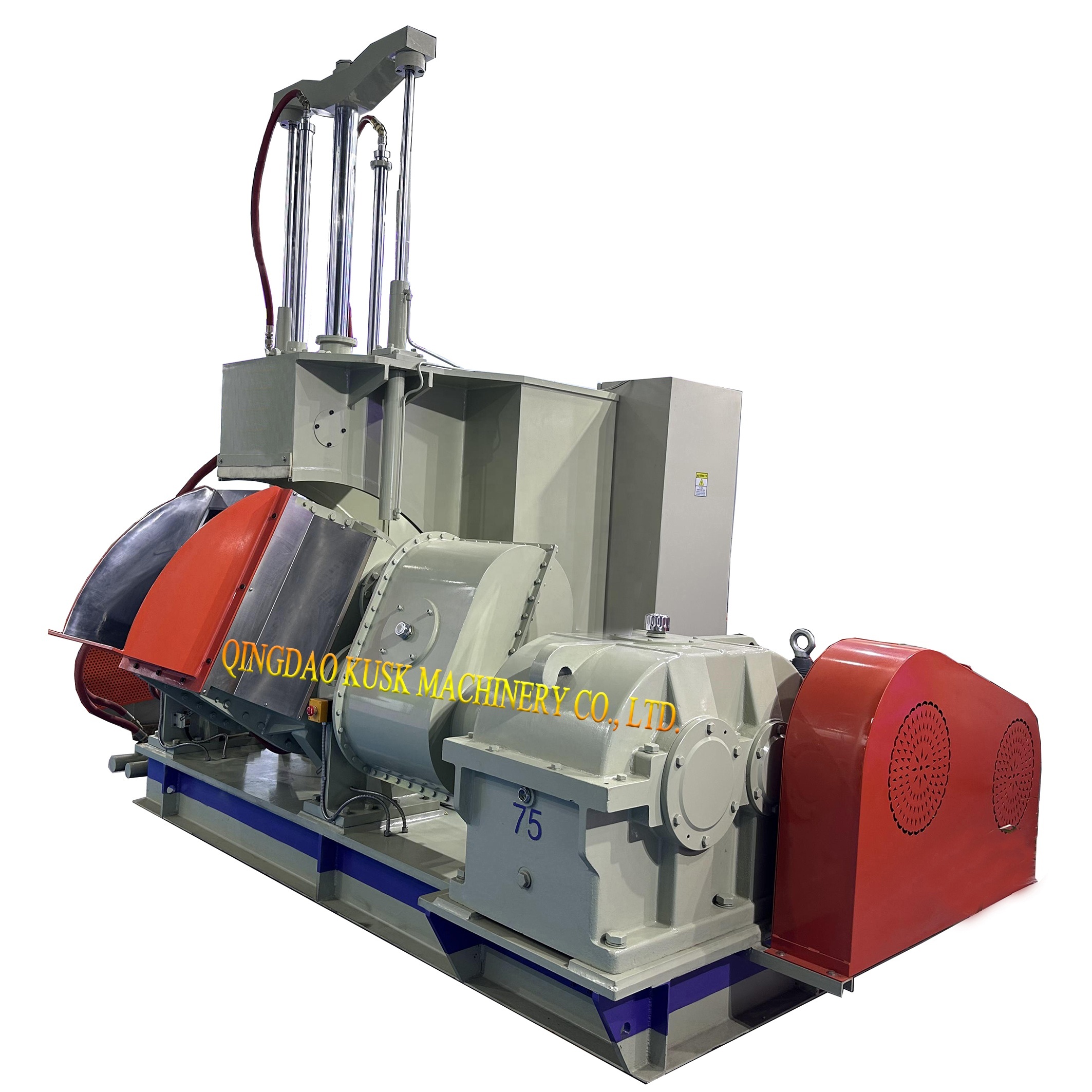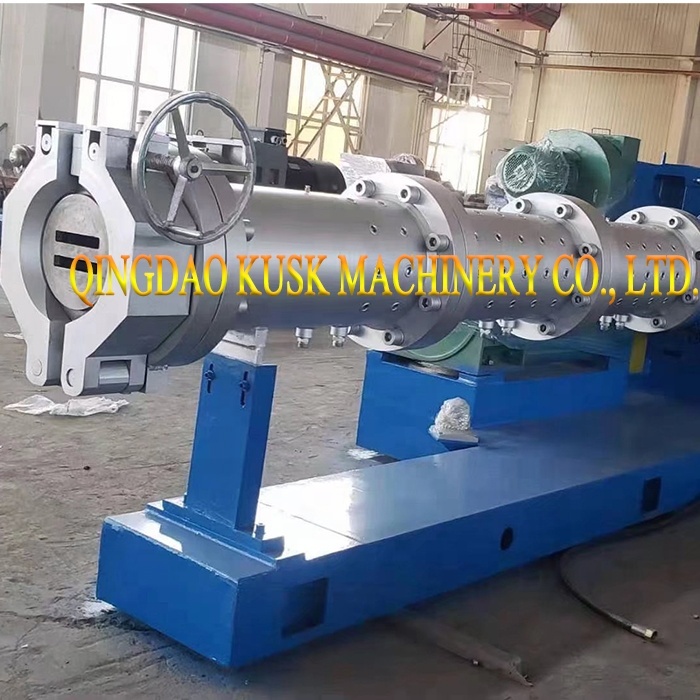Professional manufacturer with the design, development and production of rubber and plastic machinery
Key Features to Consider When Selecting an Internal Rubber Kneader
Oct 06,2025
Key Features to Consider When Selecting an Internal Rubber Kneader
When it comes to the rubber processing industry, the selection of the right internal rubber kneader is crucial for maximizing efficiency, quality, and overall productivity. As we delve into the key features that should guide your decision-making process, we must consider various aspects, including design, technology, and operational efficiency. This article aims to provide an exhaustive overview, equipping you with the knowledge required to make an informed choice.
Table of Contents
- Understanding Internal Rubber Kneaders
- The Importance of Selecting the Right Kneader
- Key Features to Consider When Choosing an Internal Rubber Kneader
- 1. Design and Structure
- 2. Material Quality
- 3. Power and Energy Efficiency
- 4. Temperature Control Systems
- 5. Mixing Capacity
- 6. Technological Advancements
- 7. Safety Features and Maintenance
- 8. Cost-Effectiveness
- Frequently Asked Questions
- Conclusion
Understanding Internal Rubber Kneaders
Internal rubber kneaders are specialized machines used in the rubber processing industry to create homogeneous mixtures of rubber compounds. These machines operate by mechanically mixing and kneading raw rubber with additives, fillers, and chemicals at high temperatures. The kneading process enhances the material's properties, making it suitable for various applications, from automotive parts to industrial products.
The Importance of Selecting the Right Kneader
Choosing the right internal rubber kneader is paramount. A well-suited machine not only improves product quality but also minimizes energy consumption and reduces operational costs. An inappropriate choice may lead to inefficient mixing, inconsistent product quality, and frequent machine breakdowns, ultimately affecting your bottom line.
Key Features to Consider When Choosing an Internal Rubber Kneader
When it comes to selecting an internal rubber kneader, several key features play a vital role. Let’s explore these features in detail.
1. Design and Structure
The **design and structure** of an internal rubber kneader significantly impact its performance. A robust and well-engineered design ensures durability and long-term usage. Pay attention to the following aspects:
- **Chamber Configuration**: The configuration of the mixing chamber can influence the mixing efficiency. Options include open and closed designs, each with its pros and cons.
- **Rotors**: The shape and design of rotors contribute to the uniformity of the mix. High-quality rotors enhance the kneader's performance, providing better dispersion of materials.
2. Material Quality
The **material quality** used in the construction of the kneader is critical. Premium materials can withstand high temperatures and mechanical stress, ensuring longevity and reliability.
- **Wear Resistance**: Look for kneaders made from wear-resistant alloys or coatings to extend their lifespan.
- **Corrosion Resistance**: Given the nature of rubber processing, select machines that can resist corrosion from various chemicals.
3. Power and Energy Efficiency
The **power and energy efficiency** of an internal rubber kneader can significantly affect operational costs. A more energy-efficient machine not only lowers electricity bills but also reduces its carbon footprint.
- **Motor Power**: The motor power should match the processing needs. A higher power rating typically translates to better performance but can also lead to increased energy consumption.
- **Variable Speed Control**: Machines with variable speed settings allow for better control over the kneading process, enhancing efficiency and reducing energy waste.
4. Temperature Control Systems
Effective **temperature control systems** are essential in rubber processing. Proper temperature regulation ensures that the rubber and additives meld effectively, leading to a uniform mixture.
- **Heating Systems**: Look for kneaders equipped with advanced heating systems that provide consistent temperature throughout the kneading process.
- **Cooling Systems**: Integrated cooling systems can help manage the temperature, preventing overheating and ensuring optimal processing conditions.
5. Mixing Capacity
The **mixing capacity** of an internal rubber kneader dictates how much material can be processed in a single batch. Selecting the right size based on your production needs is essential.
- **Batch Size**: Consider your production volume when selecting the kneader size. A larger batch size can lead to increased efficiency, but it may require more energy and space.
- **Scalability**: Evaluate whether the kneader can handle increasing production demands without compromising quality.
6. Technological Advancements
Advances in technology have transformed internal rubber kneaders, making them more efficient and user-friendly. Look for features like:
- **Automation**: Automated systems facilitate precise control over the mixing process, reducing human error and enhancing consistency.
- **Data Monitoring**: Modern kneaders often come equipped with sensors and data monitoring systems that provide real-time feedback on various parameters, enabling proactive adjustments.
7. Safety Features and Maintenance
Safety should always be a priority when selecting any industrial equipment. Look for internal rubber kneaders that integrate:
- **Emergency Stops**: Emergency stop buttons should be easily accessible to ensure immediate shutdown in case of an emergency.
- **Safety Guards**: Machines with built-in safety guards can help prevent accidents during operation.
Regular **maintenance** is crucial for longevity. Choose a machine that is easy to maintain, with accessible components for servicing.
8. Cost-Effectiveness
Finally, the **cost-effectiveness** of an internal rubber kneader can directly impact your return on investment. While it may be tempting to choose the least expensive option, consider the long-term costs involved, including maintenance, energy consumption, and potential downtime.
- **Initial Investment vs. Lifetime Costs**: Assess the initial purchase price against projected operating costs to determine the most economically viable option.
- **Value for Money**: A higher upfront cost might be justified by enhanced performance and longevity, leading to lower long-term expenses.
Frequently Asked Questions
1. What is an internal rubber kneader?
An internal rubber kneader is a machine used to mix and knead rubber compounds with additives, fillers, and chemicals to achieve uniformity in rubber processing.
2. How does the design of a rubber kneader affect its performance?
The design, including chamber configuration and rotor shape, directly influences mixing efficiency and the quality of the final product.
3. What factors should I consider regarding energy efficiency?
Consider motor power, variable speed control, and the machine's overall operational efficiency to determine its energy consumption.
4. How important is temperature control in rubber processing?
Temperature control is crucial as it ensures that the rubber and additives mix effectively, resulting in a consistent product.
5. What maintenance practices should I follow for an internal rubber kneader?
Regular inspections, cleaning, and timely servicing of components are essential to prolong the life of the kneader and ensure optimal performance.
Conclusion
Selecting the right internal rubber kneader involves careful consideration of several critical factors, from design and material quality to power efficiency and safety features. By understanding these key features, you can make an informed choice that meets your production needs and enhances your rubber processing capabilities. Investing in a high-quality internal rubber kneader not only boosts productivity but also ensures consistent product quality, ultimately contributing to the success of your operations.
Hot Tags:
PREVIOUS:
Contact Us
E-mail:
tender701@gmail.com
tender701@163.com
Phone/WhatsApp:
+86 137 9243 6835
Address:
Huangshan Economic Zone, Huangdao, Qingdao,China



